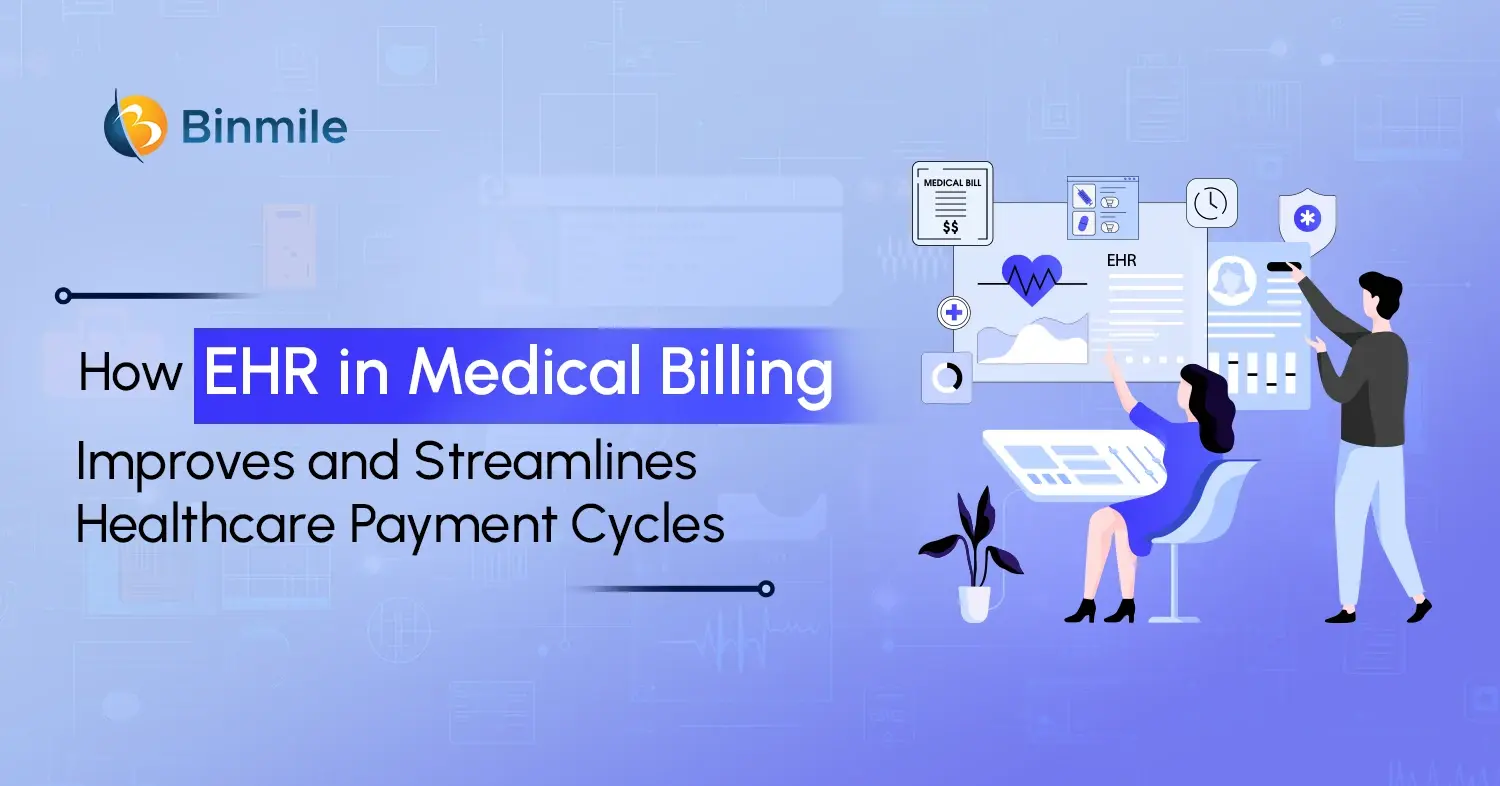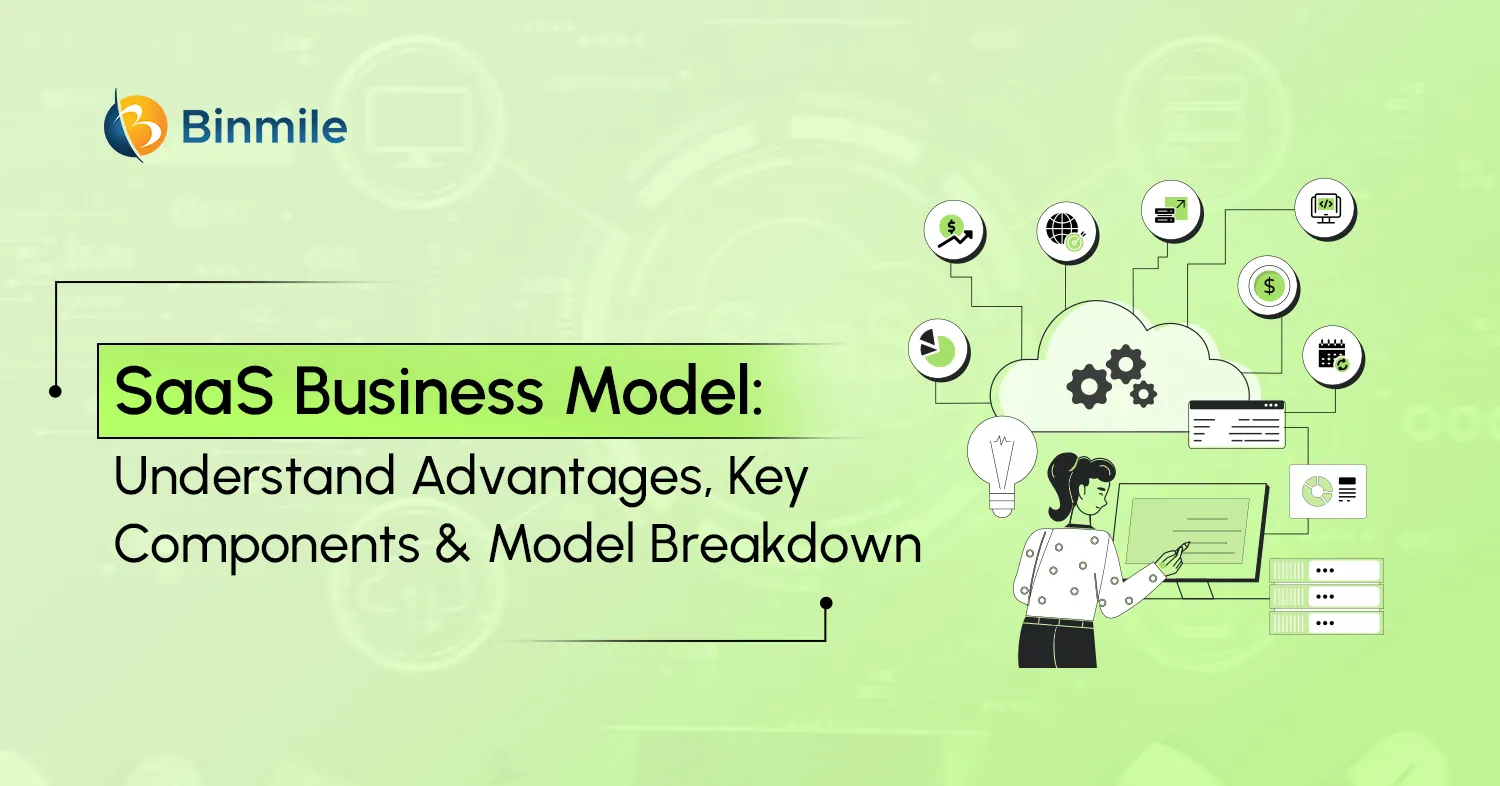- Benefits of Software Development Life Cycle
- best practice of software development process
- Phases of software development process
- software development lifecycle process
- Software Development Models
- Software Development Process
- software development process steps
- software development steps
- systems development life cycle
- Top Benefits of SDLC
- What is SDLC?
- What is Software Development Process
The modern business landscape is overly saturated and downright volatile, businesses need to resort to various types of software solutions that help them stay operational and relevant. After all, software development can enhance the client’s experiences, bring more feature-rich and innovative products to market, and make infrastructure more safe, productive, and efficient. However, just having software isn’t going to enable you to achieve these results, organizations must understand the intricacies of the software development process, its models, and best practices. Doing so will empower them to maintain agility, and efficiency, reduce ramifications efficiently and stay competitive in their industry.
The software development process is the structured approach to developing software for a system or project, often known as the Software Development Life Cycle (SDLC). It’s a complex process that has many different steps and software development models. Hence, it’s only necessary that you understand how to leverage it to make informed decisions and boost your development efforts. But what does it all look like? What are the best practices for an effective software development process? Or what are the software development models? If you’ve also these questions, then this blog is for you. We’ll discuss the entire software development process, its models, and best practices to successfully deliver software solutions.
Ready? Let’s dive in!
What is Software Development Process: Essential Phases & Best Practices
The software development process is a complex, multifaceted, and methodical way to plan, develop, and manage software to transform a concept or idea into a functional, reliable digital product. Therefore, to ensure the successful creation of software, the development team follows a structured process that consists of several key steps from start to finish.
Moreover, whether you plan the process or not, every piece of software goes through a similar path from idea to launch day. The collective steps of this path are called the software development lifecycle (SDLC). What is SDLC? It’s the “cost-effective and time-efficient process that development teams use to design and build high-quality software.” The development team follows this to minimize project risks through planning, and ensuring the software meets customer expectations during production and beyond. Additionally, SDLC outlines a series of steps that divide the software development process into tasks that can be assigned, completed, and measured.
Top Benefits of Software Development Life Cycle (SDLC)
- Boosts Digital Product Quality
- Improves Project Management
- Manages Risks Effectively
- Streamlines Communication and Collaboration
- Enables Effective Resource Utilization
- Flexibility and Adaptability
Let’s understand the software development process in detail!
Step-by-Step: How the Software Development Process Works
From the initial spark of an idea to a fully functional software program, the journey is often complex and intricate. This is where the software development life cycle model comes in. It serves as a roadmap, guiding the development team through each crucial stage with a structured approach, maximizing efficiency and ensuring the final product meets expectations.

1: Requirement Analysis
Your SDLC starts with a very thorough analysis of the practicality of your product, the goals, and the expectations of the client. It should cover not only what features the software should have but also a deep insight into the business context and the problems that the software may solve. One should keep engaging with stakeholders to collect insights that will effectively drive the development process in this phase. The focus is on both functional and non-functional qualities – stipulating what the system must perform and defining qualities such as reliability, scalability, and security.
2: Planning
Having now acquired the set of project requirements, the development team proceeds with the planning stage. This is the step where a comprehensive action plan will be developed and the tasks divided into smaller chunks while resources are allocated accordingly. The deadlines or the milestones are established beforehand. Keeping such metrics helps you figure out how far along the journey is, identify all possible bottlenecks, and find effective ways of handling them. The idea is to draft a document that not only specifies the development team guidelines but also provides a tracking tool for the stakeholders on the project’s progress.
3: Design
Having the roadmap in place, the SDLC team consisting of programmers and designers will next together develop the software architecture which has the project’s requirements and design for a system that is not only technically competent but also meets user’s experience and expectations. The architecture consists of the development of high-level architectural designs, blueprints that have the specification for data structures, and also developing prototypes or wireframes. All this is done to ensure the upcoming projects meet the technical requirements as well as connect with the users.
4: Implementation (Coding)
Having a detailed plan in hand, the development team goes one step further into the implementation stage. Here, they turn the high-level algorithms into actual code. Developers use coding standards and practices to write the source code which is a medium between the design and a real product. Collaboration and information exchange between team members in this phase is so important. Code reviews become common practice and code effective but also reusable in the future following which coding standards can be adhered to easily.
5: Testing
The software goes to the testing phase to detect any errors and make sure that it operates as planned. Different ways of testing are used starting from unit tests to check the workability of the individual components to the integration tests to validate the functionality of the various components together and finally, the system test to validate the total system. Testing cannot be but a step-by-step process whereby developers have to revisit their work several times. With a software testing firm and utilizing advanced software testing tools our team belief in continuous testing, our team aims at detecting as well as correcting the problems in the early stages to avoid these small problems to ease bigger headaches.
6: Deployment
Following successful testing, the program code is being released for production. This signifies the time when the developed software is relocated to a live environment so that the users who would ultimately interact with it can be exposed. In this regard, the planning of the deployment process entails elaborating the methods to reduce delays and disturbances. The monitoring systems are regularly employed to follow up on the software performance post-deployment as well as fix any emerging problems promptly. The type of project deployment may vary on a case-by-case basis, with options like staggered rollout or phased deployment.
7: Maintenance and Updates
The actualization of the software isn’t the final stage but is just the beginning of a new stage – that of support and updating software maintenance. User feedback and bug reports get considered in time and are resolved. Continuous updates feature the addition of new capabilities, evolution of existing performance, and mitigation of any security threat emerging in the future. This phase requires a proactive approach to ensure the software remains relevant, efficient, and aligned with evolving user needs and technological advancements.
Also Read: End of Life Software
Software Development Models Everything You Need to Know
Let’s discuss various types of models that can help you simplify your development cycle:
- Waterfall Model: Under this model each phase (requirements, design, implementation, testing) must be completed before moving to the next, resembling a waterfall flow.
- Agile Model: It follows agile development methodologies, employing an iterative and incremental approach that focuses on continuous collaboration, feedback, and adaptation throughout the development process.
- Incremental and Iterative Model: It consists of both waterfall and agile models, delivering working software in small, iterative increments with regular feedback loops.
- V-Model: A synchronized development model where each development phase has a corresponding testing phase, forming a V-shaped structure.
- Spiral Model: This is a risk-driven, and iterative approach that emphasizes risk identification and mitigation throughout the development lifecycle, resembling a spiral staircase.
- The Rational Unified Process (RUP): A comprehensive framework for software development encompassing various processes, disciplines, artifacts, and activities tailored to specific project needs.
- Prototype Model: It involves creating a simplified, functional version of the software to gather user feedback and refine requirements before full-scale development.
Maximizing Efficiency: Best Practices for Software Development Processes
Following best practices for product building may look like a lengthy process, but it speeds things up. Since every developer is aware of the guidelines, pair programming becomes easier. Consequently, they can deliver digital products on time.

- Define Software Requirements: Setting up blueprints for software projects is essential for successful software development as it explains how it should work, what users should expect, and that they meet the needs of all stakeholders.
- Choose The Right Methodology: Selecting the right framework or methodology helps you save time and ease your job by limiting the repetition of tasks. Thus, focus on writing code instead of spending hours on file format conversions, database management, or similar engineering activities.
- Keep coding simple & carry out code reviews: No need to overcomplicate your coding process, when it needs to be clear and efficient. Further, go for code review, getting feedback on your code improves the quality of the overall code, identifies bugs, and reduces the amount of work required to optimize code later.
- Don’t Forget Testing: Without a doubt, testing ensures your code works as you expect it to work. Therefore, write the software unit test before the code to reduce frequent testing and retest cases. There are different kinds of testing depending on what stage of testing you’re in such as functional testing or integration, among others.
- Track Performance With Metrics: Once a product is developed and deployed, SDLC isn’t over yet. One needs to continuously monitor its performance, and security and update or upgrade as time goes by. Doing so not only keeps your digital product flawless, and high-performing but helps you keep it secured.
Also Read: Software Development Lifecycle Tools
Closing Statement
There’s no doubt how essential understanding the entire software development cycle is for developing high-quality software. After all, you need a proper process to manage your time and resources effectively. Even though there are multiple SDLC models, they follow the same pattern: project requirement, planning, creating, testing, deploying, and monitoring. While the stages may seem sequential, the fact is that all these involve a dynamic interplay of collaboration, adaptation, and continuous improvement.
Having an in-depth understanding of the software development process, and actively applying this knowledge, will help you in the creation of software that solves problems, streamlines processes, and ultimately shapes the future. Hopefully, this blog has helped you understand the intricacies of software development services. So, go ahead, embrace the iterative nature of development, learn from application development challenges, and leverage the tools and frameworks at your disposal. If the steps seem too overwhelming to understand or follow, a software development company can empower your organization to build high-performance products.
Frequently Asked Questions
Maintenance in the software development process is essential for keeping the software up-to-date, secure, and efficient. It involves fixing bugs, updating features, optimizing performance, and adapting to new requirements or technologies over time. This ongoing support helps ensure the software continues to meet user needs and functions well in changing environments, contributing to long-term product stability and usability.
Software project estimation is usually done at the beginning to get a good idea of the resources, time, and budget needed. This helps create a realistic timeline and ensures resources are well-managed throughout the development process
The Systems Development Life Cycle (SDLC) is a structured process used in software development to plan, create, test, and deploy information systems or applications. It consists of distinct phases, including requirement analysis, system design, implementation, testing, deployment, and maintenance. SDLC helps ensure that software is delivered efficiently, meets user requirements, and maintains high quality.
The key phases of the Systems Development Life Cycle (SDLC) are:
- Requirement Analysis: Gathering and documenting user needs.
- System Design: Creating architecture and design plans.
- Implementation: Writing and coding the software.
- Testing: Verify the system for errors and ensure functionality.
- Deployment: Releasing the system for use.
- Maintenance: Updating and improving the system post-deployment.









